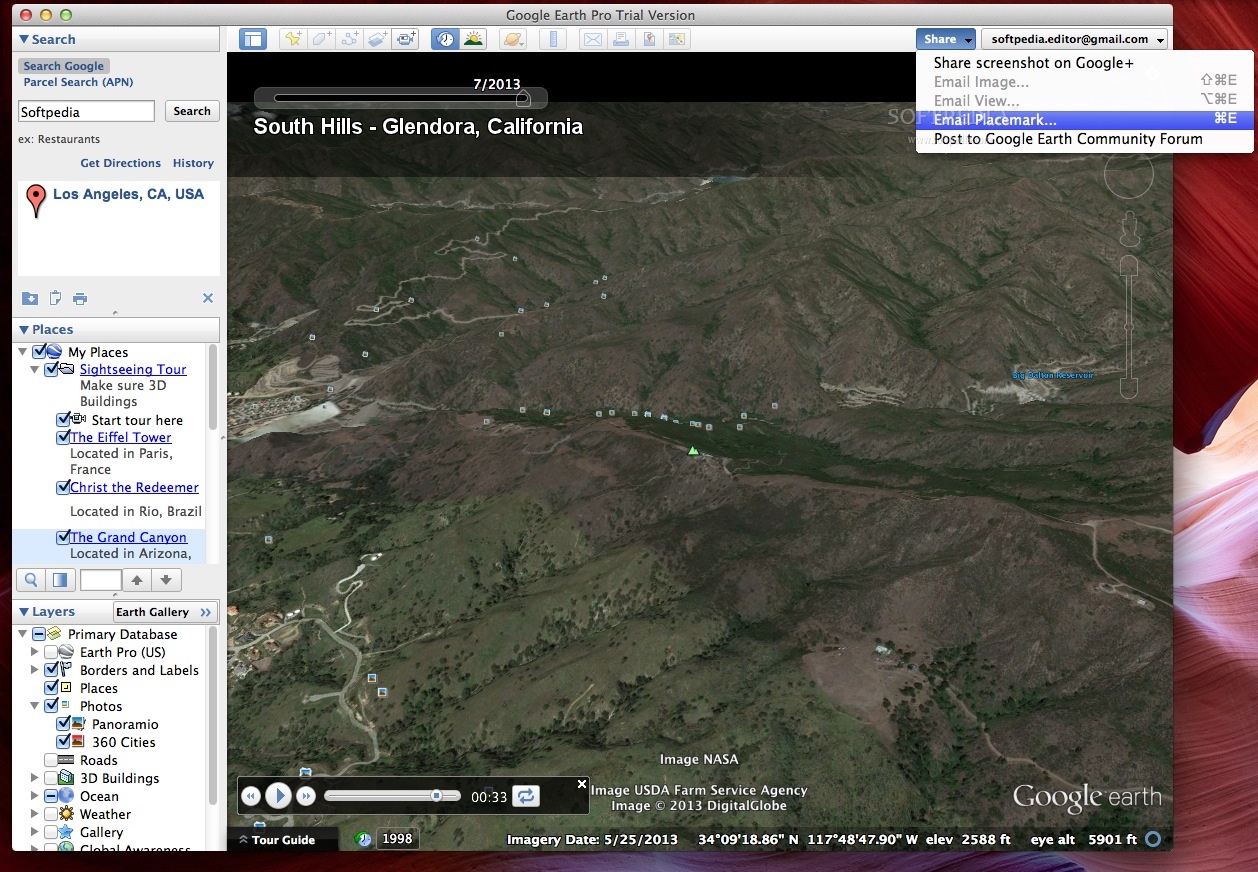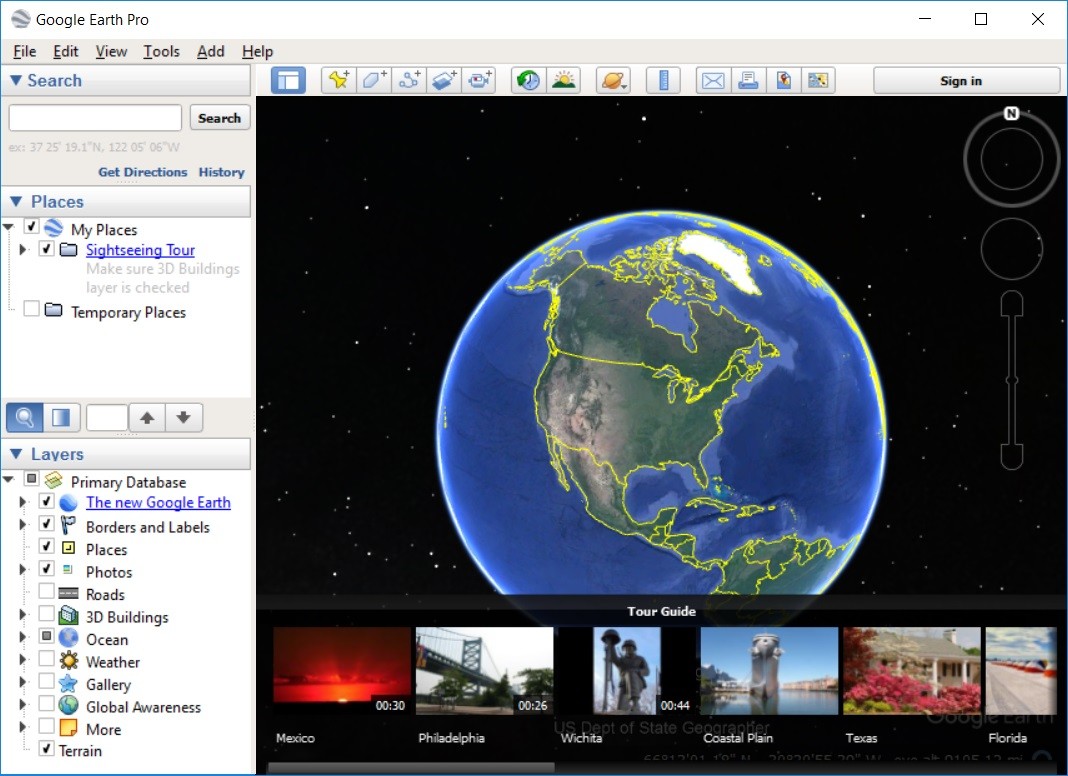



International Programs Center at the U.S.Comprehensive and powerful map software which provides detailed insight and imaging on locations across the planet, with an offline installer.World Population Prospect: the 2022 Revision - United Nations, Department of Economic and Social Affairs, Population Division (2022).Sources for the world population counter: During the 20th century alone, the population in the world has grown from 1.65 billion to 6 billion. a tremendous change occurred with the industrial revolution: whereas it had taken all of human history up to the year 1800 for world population to reach 1 billion, the second billion was achieved in only 130 years (1930), the third billion in 30 years (1960), the fourth billion in 15 years (1974), the fifth billion in 13 years (1987), the sixth billion in 11 years (1998), the seventh billion and eighth billion in 12 years each (20).growth rate is currently declining and is projected to continue to decline in the coming years (reaching below 0.50% by 2048, reach 0 in 2086, and decline by -0.11% in 2100).growth rate reached its peak in the late 1960s, when it was at 2.09%.is currently (2023) growing at a rate of around 0.88% per year, adding around 70 million people per year to the total.has doubled in 40 years from 1959 (3 billion) to 1999 (6 billion).

is projected to reach 9 billion in 2037, and 10 billion in 2058.reached 8 billion on Novemaccording to the latest United Nations estimates.Updated with the 2022 United Nations Revision


 0 kommentar(er)
0 kommentar(er)
